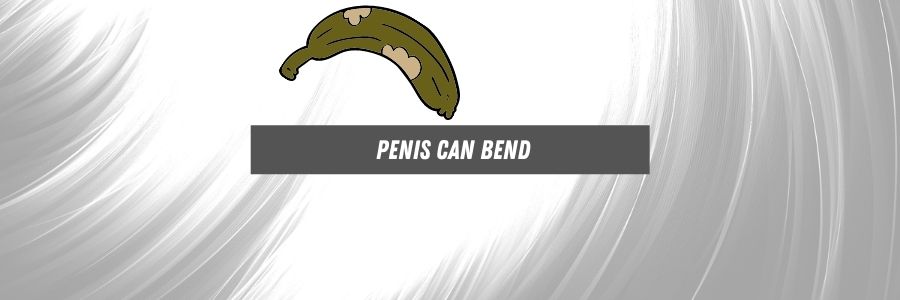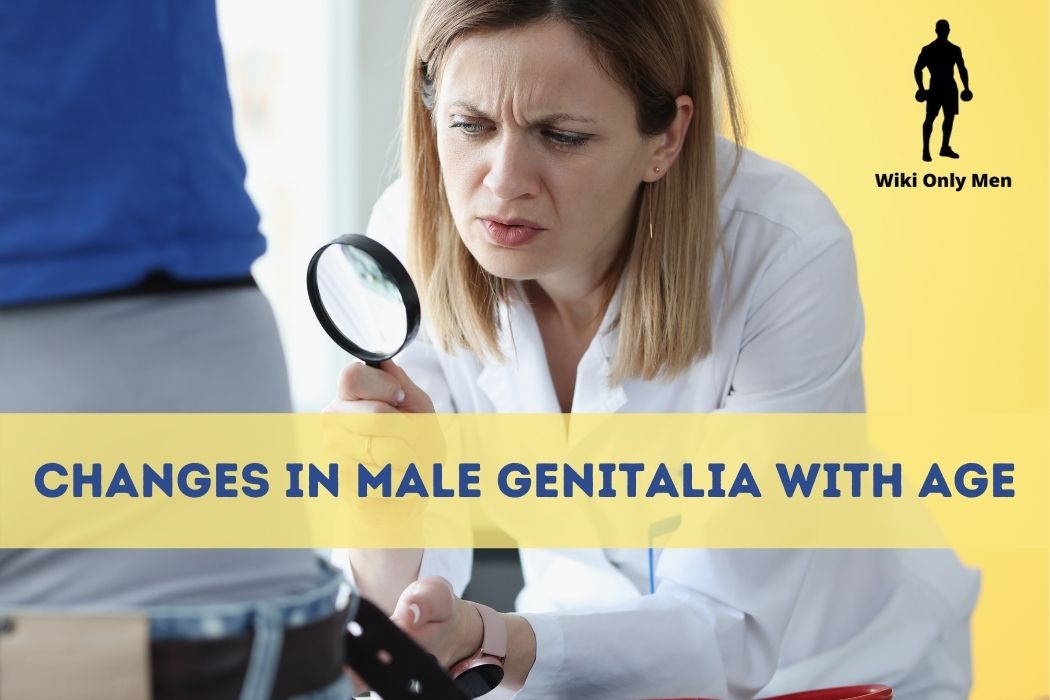Everything on your body, including your penis, shows the wear and tear of time and experience. When you reach your forties, you’ll begin to notice changes in your penis.
Your testicles produce less testosterone with age, the hormone that aided in the growth of your penis during adolescence and fueled your sex drive during adulthood.
Toxicology and aging can impact the size and form of this crucial organ.
Here are 10 changes in male genitalia with age:
1) Gray Time

Your pubic hair, at least, turns gray. This is because pigment cells in pubic hair follicles create a chemical called melanin, which gives pubic hair its color — blonde, brown, or black — just like the hair on your head.
As you get older, your pubic hair turns gray or white because pigment cells die and melanin production slows. How long it takes for the hair on your back to start graying relies mainly on the genes you acquired from your parents, whether you’re 35 or 65.
2) Penis Shrinks

That Dreadful Shrinking! This organ may shrink due to decreased blood supply and testosterone levels.
Age-related diseases, such as high blood pressure or clogged blood arteries (arteriosclerosis), can cause a penis to shrink in size, reducing blood flow.
Also, the illusion of losing length is created by gaining weight. The penis appears smaller than it really is because of the folds of belly fat.
3) It Curves

During an erection, your penis can bend or curve due to scar tissue formation in your 50s and 60s. Peyronie’s disease is the medical term for this ailment. Sex can be uncomfortable as a result of this.
However, Scar tissue arises when the penis is damaged in any way, be it through harsh intercourse, sports, or an accident.
If the curve is too large, treatment options include injections and surgery.
4) The Testicles Reduce In Size

As with the penis, your testicles decrease due to lower testosterone levels as you age. In addition, reduced blood flow and the usage of anabolic steroids (such as synthetic testosterone) can all contribute to size reduction.
A shrinking testicle may also be a sign of testicular cancer. Swelling, a lump, or a sense of weight in a testicle are all signs that you should see a doctor.
5) The Scrotum Sags

Sagging of the scrotum is a natural consequence of aging skin. The skin that surrounds your testicles can wrinkle and droop, just like the skin on your face and neck.
You can have scrotal rejuvenation surgery if the sight of a low-hanging scrotum irritates you or causes pain when it scrapes against your thigh.
6) It’s Less Sensitive

As we become older, our penises get less sensitive. As a result, it may take longer and more stimulation for you to become aroused and achieve orgasm.
Don’t rub too hard if the condition affects your sex life to avoid irritating the delicate skin that covers this organ. Instead, discuss treatment options with your doctor.
7) It Has Lost Its Spring

When you were younger, the slight wind might have triggered an erection.
Low hormone levels, decreased blood flow, and nerve loss might make it more difficult to get out of bed as you age.
As you get older, erectile dysfunction becomes a more significant issue. Most men will have difficulty getting an erection by the time they reach the age of 70.
Fortunately, doctors have a wide range of medications, gadgets, and surgical options to address this issue.
8) Changes In Erection Angle

The angle between your penis and legs is the most common way to measure an erection. Most men want an easy, rock-solid erection.
It all comes down to things like how tight the suspensory ligament is, how excited you are, and how old you are. You will lose the hardness as you age, which changes your erection angle!
Erect penises can point up, down, or anywhere in between. Erection angle is also influenced by penis size, thickness, and shape.
Another thing to keep in mind is that many penises aren’t straight. Instead, they curve up, down, or to one side; this is normal, and having a bent penis isn’t something to worry about.
9) Your Penis Changes Color

Age-related fatty deposits in blood vessel walls reduce blood flow and cause the skin of your penis to darken or even become blue.
The color of the tip of a penis can be attributed to the presence of blood. The penis head becomes paler as the flow of blood slows.
A change in the color of one’s penis is rarely a symptom of malignancy. In addition, you should seek medical attention for additional symptoms such as a lump or sore on your penis.
10) Becomes Bald

The thickness of your pubic hair varies from person to person and depends on the amount of grooming you engage. But no matter what, the hair on your head and around your penis thins down as you become older.
Because it is less noticeable than the hair on your scalp, you may not feel the need to do anything about it at this point in your life. However, if you are concerned about baldness on your lower back, a hair transplant is always an option.

